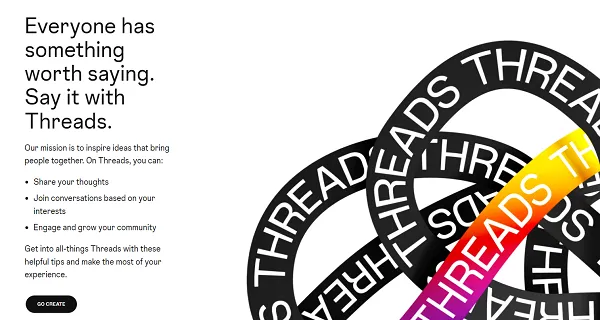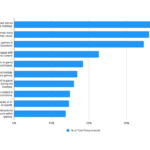As Meta’s latest social platform, Threads continues to attract a growing user base, many people are now focusing on expanding their presence on the app. While there’s still some debate over whether Meta has perfected the platform’s growth strategy, Threads has already seen significant success, reaching millions of users. To help people maximize their Threads experience, Meta has introduced a new mini-site offering tips and best practices based on data-driven insights.
Let’s break down the key takeaways from Meta’s guide and explore what’s fueling success on Threads.
New Educational Resources for Threads Users
Meta’s mini-site provides an extensive overview of Threads, its features, and tips on how to improve engagement. According to Meta, “We created Threads because we think everyone has something worth saying, and we want you to be able to create a community around your best ideas and most interesting thoughts.” The platform’s educational resources aim to help users learn how to initiate meaningful conversations and grow their audience on Threads.
The site includes a rundown of essential features such as safety settings and content highlights, along with a Q&A section that addresses common questions about optimizing Threads performance. One standout feature is the guide on customizing your feed, which gives users insights into how the Threads algorithm selects and promotes content. Although the platform offers numerous functionalities, the advice on increasing visibility and engagement is somewhat limited in practical detail.
Meta’s Key Insights for Growing Your Threads Audience
Meta has shared some specific pointers on what strategies are driving performance on Threads, and there are a few critical factors to consider:
- Join relevant conversations: Replies account for nearly half of the views on Threads, making it important to participate actively in discussions.
- Increase post frequency: Users who post more frequently see higher impressions, with Meta recommending at least 2-5 posts per week.
- Use multimedia: Combining text with videos or images tends to attract more views than posts without multimedia elements.
- Be active on weekends: Engagement tends to be higher on weekends, so this is a good time to increase your posting activity.
- Humor works: Funny content generally receives more views, so don’t hesitate to inject some humor into your posts.
These tips emphasize the importance of interaction and multimedia content in growing a Threads following. Meta also highlights that posts which spark conversations are more likely to be recommended by the platform’s algorithm, further boosting visibility.
Popular Content Themes on Threads
When it comes to the types of content that perform well on Threads, Meta has observed that certain topics consistently attract more engagement. Creators who focus on themes such as TV & Movies, Books & Literature, Photography, and Fashion & Style have seen the most replies and interactions. Other popular areas include Fitness, Music, Sports, and Food & Drink.
Interestingly, Meta’s data suggests that avoiding heavier, more divisive topics such as news and politics may be key to success on Threads. The platform seems to favor light-hearted, entertainment-focused content, which aligns with its broader approach to keeping the environment more positive and less confrontational.
Threads’ Success and Challenges
Threads has been an impressive success story in many ways, especially in terms of user growth. Within months of its launch, the app quickly reached 100 million users, and it’s now boasting over 200 million monthly active users. However, it’s worth noting that Threads has benefitted from a unique advantage: many users were actively seeking an alternative to Elon Musk’s X (formerly Twitter), and Meta leveraged its massive reach to promote Threads to Instagram and Facebook users.
Despite this initial success, there are still challenges for Threads. Some users feel that the platform’s focus on light-hearted content and its avoidance of heavier discussions may limit its long-term appeal. At times, Threads can feel more like a curated collection of yesterday’s best jokes and less like a real-time, dynamic social app. Meta’s approach seems to be aimed at keeping the environment friendly and non-controversial, but that may restrict the depth and variety of content.







Comments
Loading…